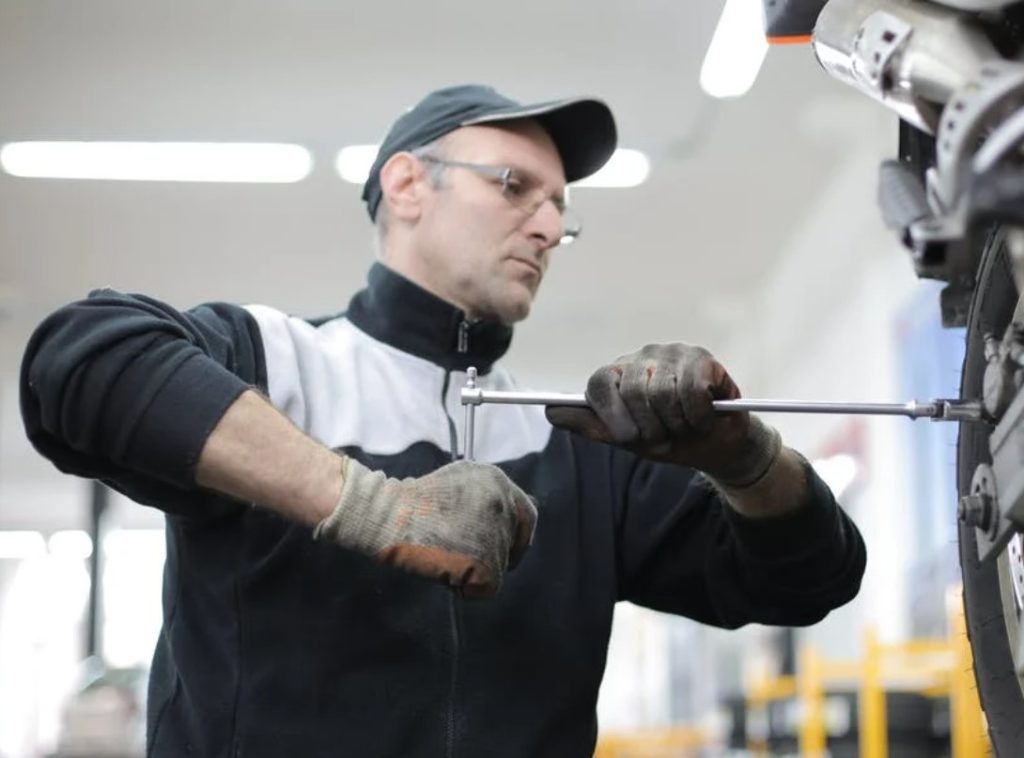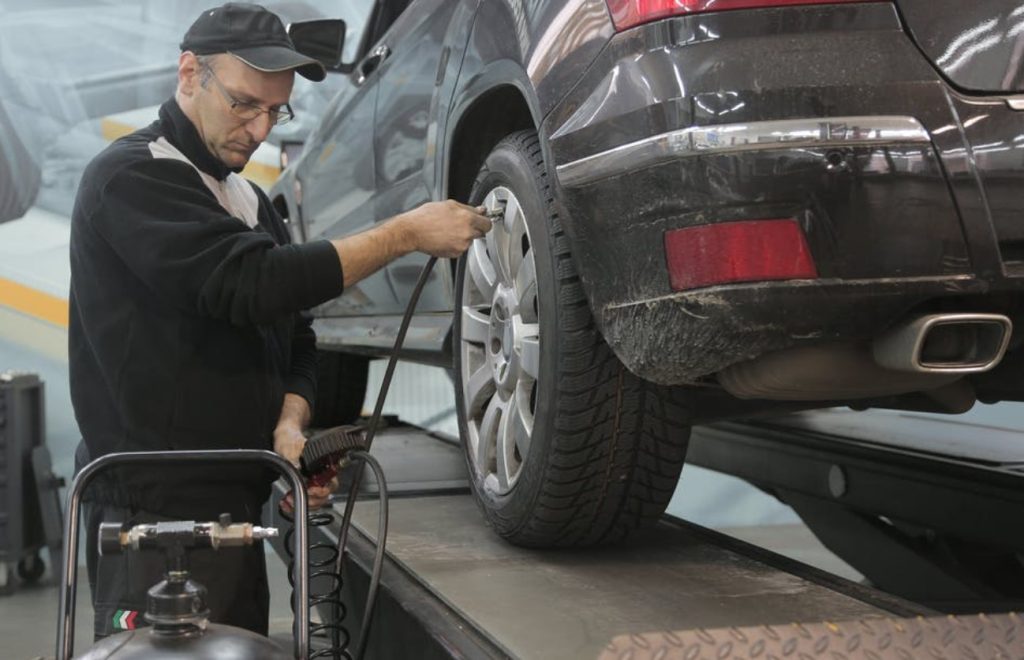Table of Contents
Before starting to work through this checklist, there are a couple of caveats. Firstly, you will not be able to prevent your tyres from wearing out eventually. What you can do is reduce the amount of wear that your tyres experience, so they last a long time and retain their integrity.
Secondly, not all tyre wear problems are caused in the tyre and wheel structures – most often they are a knock-on from something going wrong within the suspension system, but this is not guaranteed, for example, chassis damage can also cause issues.
For the motorists driving in areas like Yorkshire, need to be extra cautious as traffic congestion can put pressure on car tyres even more. If in doubt, consult a mechanic about the causes of any wear that seems to be excessive or unexplained.
Tyres, Like Diamonds, Need the Right Pressure
The earliest rubber tyres were a tremendous innovation after the first tyres, which were wooden and completely uncushioned. This made for a very uncomfortable ride, so softer, more flexible rubber tyres were leapt upon as wonders of comfort for drivers. However, compared to modern tyres, which are all small miracles of engineering and design, these early tyres were primitive and not all that much better than their forebears.

The early rubber tyres’ pressure could be adjusted by the driver, reducing the inflation to create more friction and better grip, and increasing it to create a smoother ride over bumpy surfaces. But modern tyres have no need for such seat-of-the-pants efforts: they are designed to work best under optimum conditions which occur when the inflation level falls between a narrow range, specified in your car owner’s manual.
Rotate Tyres Back to Front and Side to Side
Tyre rotation is a way of ensuring that wear does not become a problem on specific areas – the leading edges – of the tyres. Usually, it is the front outside edges of the tyres that wear down most quickly because of braking and turning. This means that the insides of the back tyres can be almost pristine while the front outside edges are perhaps beginning to show signs of forthcoming issues.
Swapping the tyres from left to right and back to front inverts the wear pattern, giving the previously worn edges the protection of the inside back, while the fresh unworn edges that were on the back are brought to the front, where they will work best for your safety. Rotating your tyres can effectively double the life of your tyres, ensuring that they are fully worn down before they need to be replaced.
Yoga for Cars: Align and Balance your Tyres
If your car is putting undue pressure on one or more tyres, then you will most likely be having an uncomfortable experience when driving. Issues with alignment and balance can make the car sound noisier than usual as you drive along. You can also feel more vibration than usual coming through the steering system into the steering wheel and into your hands – this can be serious if your hands and arms are exposed to a lot of vibration over time, causing a nerve problem known as ‘hand/ arm vibration syndrome’ which can cause numbness, tingling and weakness in the hands.

Finally, you might feel as though you are not as in control of the vehicle as you would like to be, as though the car is trying to pull away in a slightly different direction to the one in which you are driving. Whenever you have your car serviced, ask the mechanic to check the wheel balancing and tyre alignment – and you will know when they correct the issue: you will enjoy a much smoother ride, reduced fuel consumption and a vehicle that feels happily responsive under your hands.
How Old are Your Tyres?
Tyres can last a good long time with care, but, depending on your daily vehicle usage, they will need to be replaced sometime between five and ten years of use. Five years is a more common age for tyre replacement as most people tend to use their cars a lot: going to work and back, shopping trips and days out, and longer trips, all of which add to the wear and tear of your tyres.
Lightly used tyres – perhaps driven once a week or once a month, for short trips, and never at speed or on poor roads – may look pristine, even after a decade. But because rubber slowly dries out over time, it becomes less flexible and can become liable to crumbling and cracking. If this sounds like you, buy your tyres in Wakefield from Ossett Tyre House.
Always Mind Your Driving
It is tempting when we are in a rush to put our foot down on the accelerator – but it should be avoided, whenever possible. Speeding increases the heat and friction that plays on the tyres, increasing the wear and tear, and it also sometimes requires you to brake abruptly.
These sudden accelerations and decelerations mean that your tyres take a lot of punishment, increasing wear and tear and reducing the overall lifespan of your tyres. Driving carefully and sensibly is dull but very worthwhile if it means that you will be able to arrive at your destination in good shape, and all without adding undue forces to your car that might cause it to break down sooner rather than later.






































